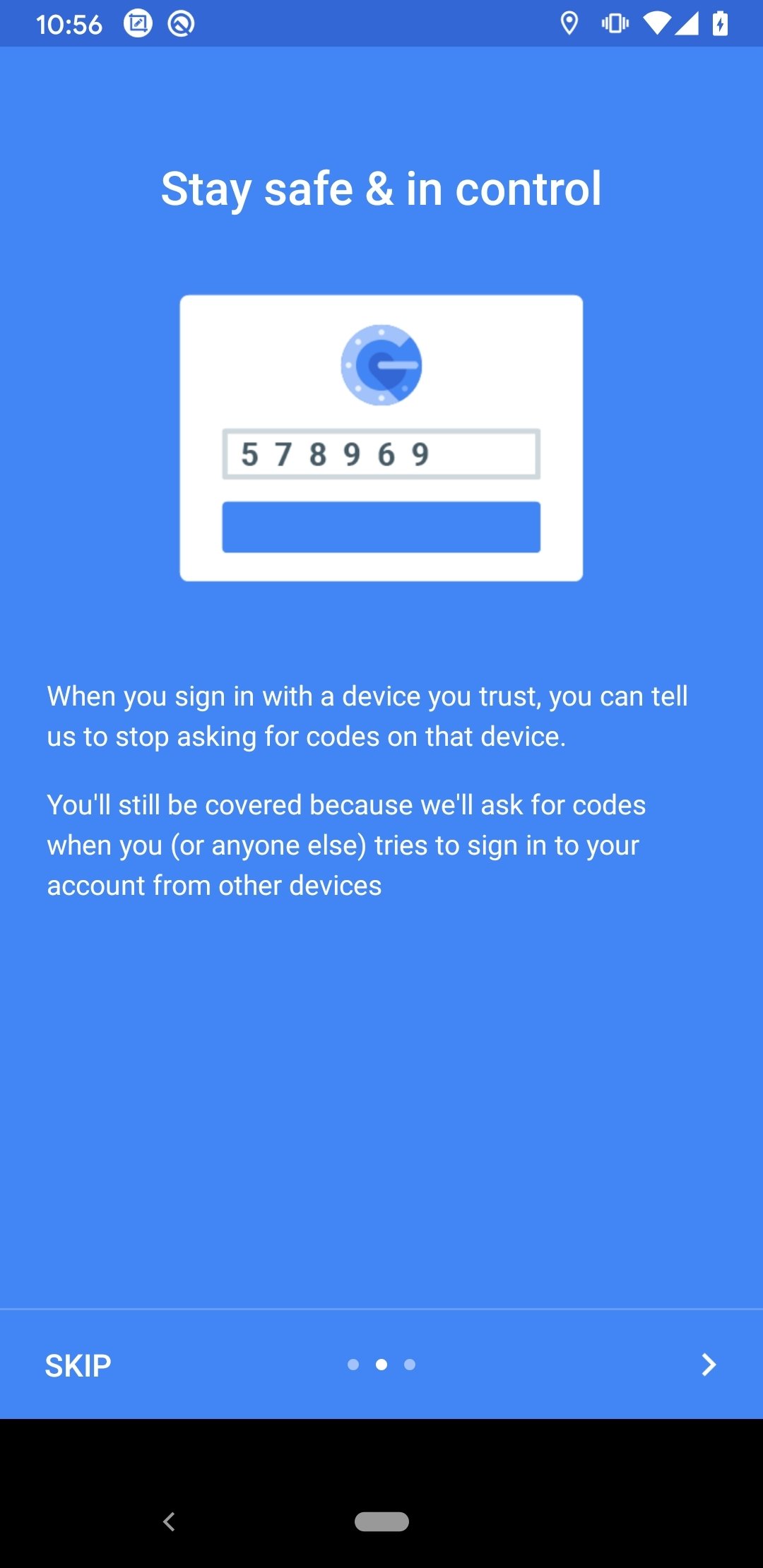

- Google authenticator desktop install#
- Google authenticator desktop update#
- Google authenticator desktop password#
Google authenticator desktop install#
Install a generator application on your mobile phone (e.g.): They are also stored in ~/.google_authenticator, so you can look them up any time as long as you are logged in. It is recommended to store the emergency scratch codes safely (print them out and keep them in a safe location) as they are your only way to log in (via SSH) when you lost your mobile phone (i.e. Login attempts, you can enable rate-limiting for the authentication module.īy default, this limits attackers to no more than 3 login attempts every 30s.ĭo you want to enable rate-limiting (y/n) y If the computer that you are logging into is not hardened against brute-force Time synchronization, you can increase the window from its default Possible time-skew between the client and the server, we allow an extra Your chances to notice or even prevent man-in-the-middle attacks (y/n) yīy default, tokens are good for 30 seconds and in order to compensate for Token? This restricts you to one login about every 30s, but it increases
Google authenticator desktop update#
$ google-authenticator Do you want authentication tokens to be time-based (y/n) yĭo you want me to update your "/home/ username/.google_authenticator" file (y/n) yĭo you want to disallow multiple uses of the same authentication This can very easily be done using google-authenticator: Scan the QR with the authenticator app to automatically configure the key.Įvery user who wants to use two-pass authentication needs to generate a secret key file in their home folder. Tip: Install qrencode to generate a scannable QR. #auth required pam_securetty.so #disable remote rootĪuth pam_access.so accessfile=/etc/security/nf Then edit your /etc/pam.d/sshd and add the line: # Additional network: VPN tunnel ip range (in case you have one) etc/security/nf) and add the networks where you want to be able to bypass the 2FA from: Sometimes, we just want to enable the 2FA capability just when we connect from outside our local network. Request OTP only when connecting from outside your local network See OpenSSH#Two-factor authentication and public keys. However, as of OpenSSH 6.2, you can add AuthenticationMethods to allow both: two-factor and key-based authentication.
Google authenticator desktop password#
Warning: OpenSSH will ignore all of this if you are authenticating with a SSH-key pair and have disabled password logins. Changing the order of the two modules will reverse this order. This will ask for the OTP before prompting for your Unix password. To enter both, your unix password and your OTP, add pam_google_authenticator.so above the system-remote-login lines to /etc/pam.d/sshd:Īuth required pam_google_authenticator.so

In this guide we proceed with editing /etc/pam.d/sshd which is most safely (but not necessarily) done in a local session. In case you want to use Google Authenticator globally you would need to change /etc/pam.d/system-auth, however, in this case proceed with extreme caution to not lock yourself out. The corresponding PAM configuration file is /etc/pam.d/sshd. Usually one demands two-pass authentication only for remote login. Furthermore consider generating the key file before editing (and therefore applying) the PAM configuration. Warning: If you do all configuration via SSH do not close the session before you tested that everything is working, else you may lock yourself out.


 0 kommentar(er)
0 kommentar(er)
